Van Westendorp and Gabor-Granger are advanced analytics pricing techniques used to understand respondents’ willingness to pay.
Pricing healthcare products and services can be challenging. Rising costs, market instability, and ever-evolving consumer behaviour make decision-making increasingly difficult. Another contributing factor is the perceived lack of transparency, negatively impacting the overall patient experience. According to a recent survey by AKASA, 64% of respondents have never researched pricing of healthcare services, and 58% would research their options and shop for the best price if pricing information was disclosed in advance of healthcare procedures and services.
These challenges reveal the need for better pricing strategies that can benefit both businesses and consumers, and two advanced analytics applications can be deployed: Van Westendorp and Gabor-Granger. Whether you need pricing for a new healthcare product or service, or want to update and optimise your costs, market research can support your business goals with robust and reliable data.
Van Westendorp or Price Sensitivity Analysis (PSA)
In a nutshell, the Van Westendorp method provides businesses with a range of acceptable prices based on respondents’ ratings. Although questions may vary from survey to survey, the method usually follows a four-fold questionnaire to identify a price scale from “too expensive” to “too cheap”:
- Too expensive: At what price would you consider X to be so expensive that you would not consider buying it?
- Too cheap: At what price would you consider X to be priced so low that you would feel the quality couldn’t be very good?
- Expensive: At what price would you consider X starting to get expensive, so that it is not out of the question, but you would have to give some thought to buying it?
- Cheap: At what price would you consider the X to be a bargain—a great buy for the money?
Results are usually displayed as a graph, where each line represents a range on the scale. The intersection of these lines provides several outputs, including the optimal price – the price point where business typically have the highest possible profit.
Gabor-Grander
In a similar fashion, the Gabor-Grander tool provides a price elasticity analysis, showing the respondents’ willingness to pay for a product or service in response to a change in its price. Price range and intervals are predefined, and respondents are exposed to them one at a time, either sequentially or randomly.
- Would you buy X for £150? Yes or no.
- Would you buy X for £1,500? Yes or no.
- Would you buy X for £3,100? Yes or no.
The typical output is a price sensitivity graph showing both the percentage of respondents willing to pay at a given price, and the impact on profit when prices increase.
Are you ready to uncover deeper insights, trends, and recommendations? Talk to one of our experts today about your advanced analytics needs.



